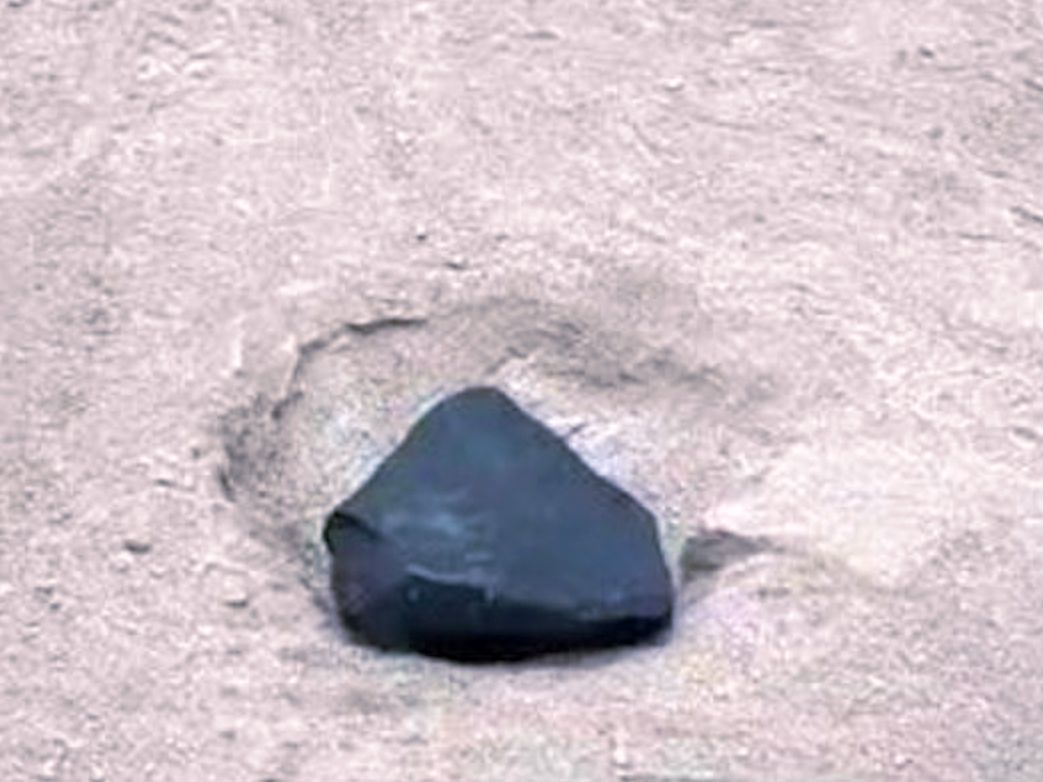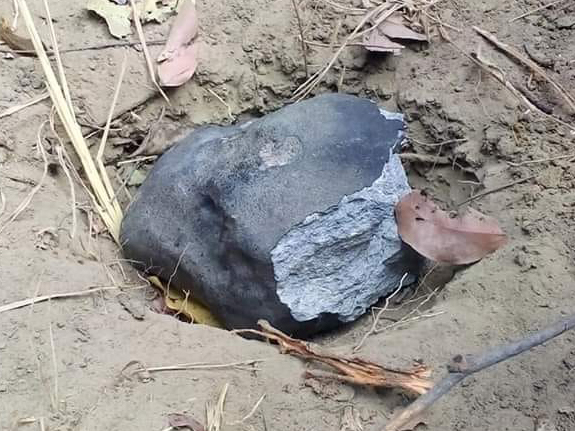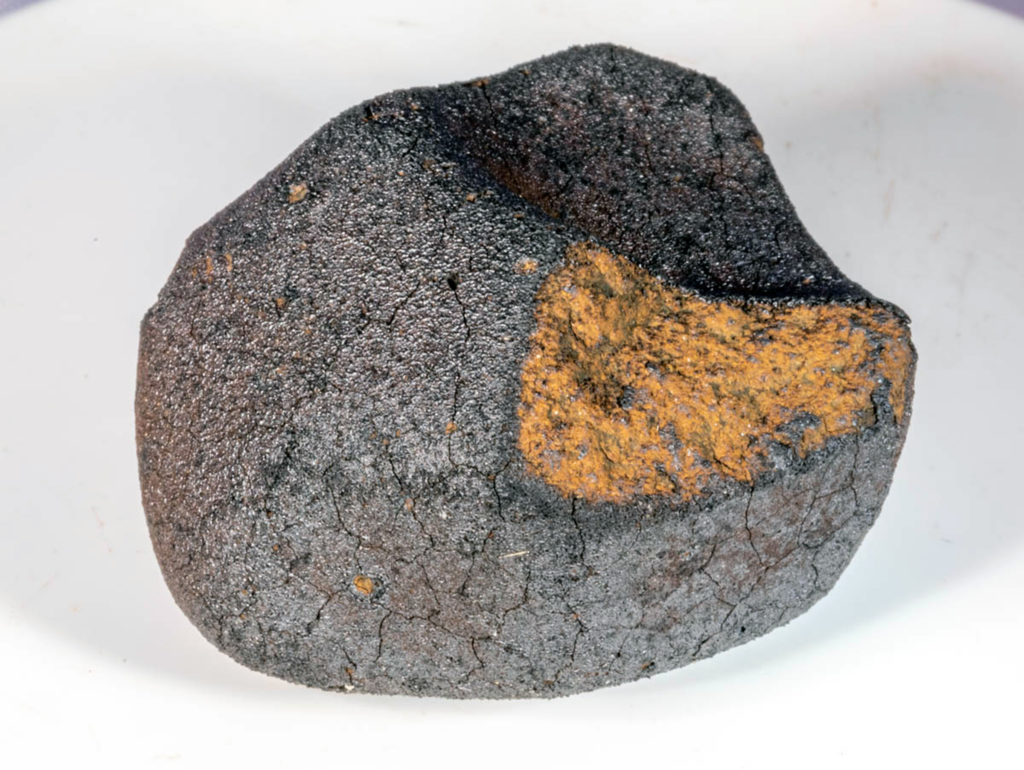Melting experiments of an L6 ordinary chondrite: Implications for the formation of alkali-rich achondrites
S. Iannini Lelarge, M. Masotta, L. Folco, T. Ubide, M.D. Suttle, L. Pittarello
Geochemistry, In Press, Journal Pre-proof, Available online 10 April 2025
“Highlights
- Experiments show a miscibility gap between Fesingle bondNi metal and S-rich phase at 1 GPa.
- Silicate melts resemble Si- and alkali-rich achondrites (e.g., GRA 60128/9).
- Newly crystallised olivine and pyroxenes resemble undifferentiated achondrites.
- Si- and alkali-rich liquids form by <25 % partial melting on early chondritic bodies.
- Partial melting in planetary embryos may explain alkali-rich achondrites formation.”
“We conducted high-pressure (1 GPa) melting experiments (1100–1400 °C) on the equilibrated ordinary chondrite DAV 01001 (L6) to investigate partial melting scenarios of planetary embryo in the early solar system. At 1100 °C, no melting of the silicate phase is observed, and the initial chondritic texture is preserved, but the metallic-sulphidic phases formed two immiscible Fesingle bondNi and S-rich liquids. Melting of silicate minerals began at 1200 °C, progressing from plagioclase to high-Ca and low-Ca pyroxene and olivine. As melting advanced, the formation of new olivine and low-Ca pyroxene resulted in the production of trachy-andesitic melt at 1200 °C, basaltic trachy-andesitic melt at 1300 °C, and andesitic melt at 1400 °C. These silicate melts have chemical similarities with some anomalous achondrites (e.g., GRA 60128/9). At the same time, minerals of new formation resemble those of primitive achondrites (e.g., brachinites, ureilites, IAB silicate inclusions, acapulcoites and lodranites). The rapid mineral-liquid re-equilibration suggests that basaltic liquids can form only above 1400 °C and that relatively high degrees of melting (>20 %) and crystallisation are necessary to explain the observed diversity of achondritic lithologies. These findings suggest that partial melting and recrystallization processes within planetary embryos could have played a critical role in the early solar system, contributing to the early differentiation of planetary bodies and the diversity of achondritic lithologies, including (but not limited to) alkali-rich achondrites.”
































